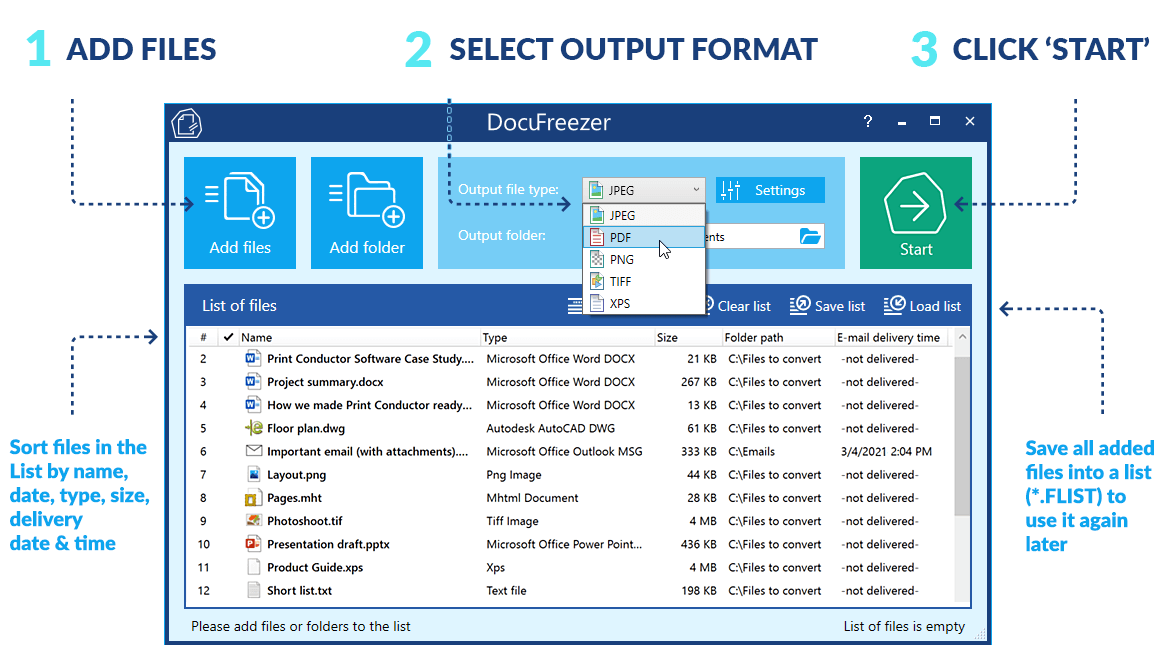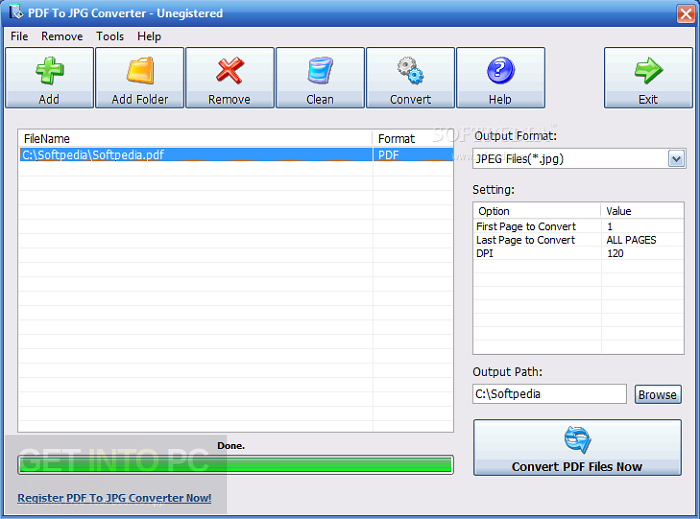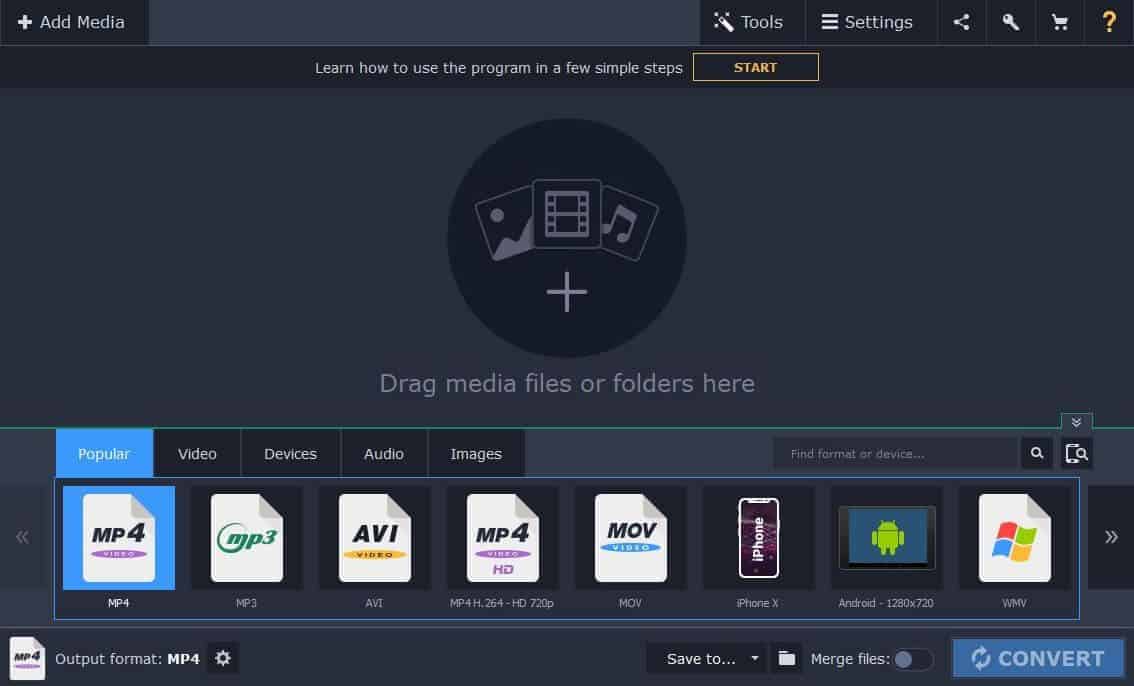
Thus to ensure an original high quality 4K video playback on smaller screens, you're suggested to do some 4K video downscaling and processing indeed.ġ. But the image quality will be loss as well. When your screen resolution is not suited with the image made by pixels, the image will be zoomed or expanded to fit the screen resolution during the playback.

The higher your televesion screen's resolution, the more pixels can be used, and the clearer your image will be displayed on the screen.

When a number of pixels combines together, you can see a image on the screen of your television, laptop or computer monitor. You can only see these pixels if you're fairly close to the screen, of course from a distance, thousands of them blend together to make the image on your screen.Ģ. They're tiny little dots that, together, making up the picture you see on a screen. As the mitochondria is the powerhouse of the cell, Pixels are the building block for every display you've ever seen. Before the article trackles the detailed steps to downscale 4K to 1080p, it's best to learn the related terms of video resolution for a better understanding.ġ.

Does this mean 1080P HD is replaced by 4K UHD? Of course NOT, though 4K ultra HD sets the world on fire, there are still tons of stuff needed to be completed in 1080P, like video playback and editing. And also our daily life is rife with 4K UHD videos, which generally come from YouTube, Vimeo and more video sites or shot by Canon, Panasonic and Sony cameras, iPhone 6S or later. 4K Ultra HD has become more prevalent than 1080P due to its superior viewing experience to full HD.


 0 kommentar(er)
0 kommentar(er)
